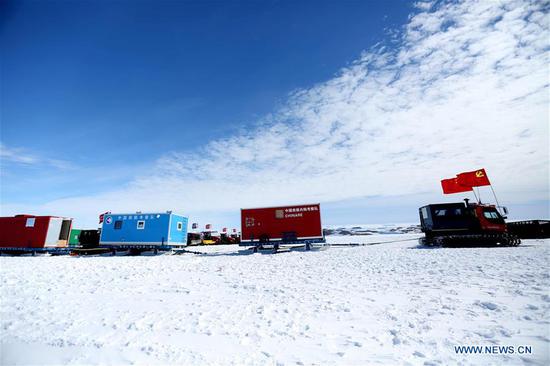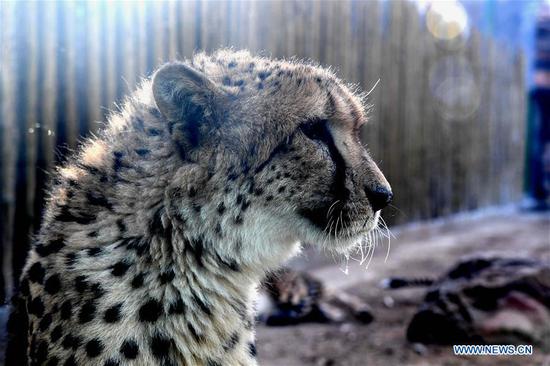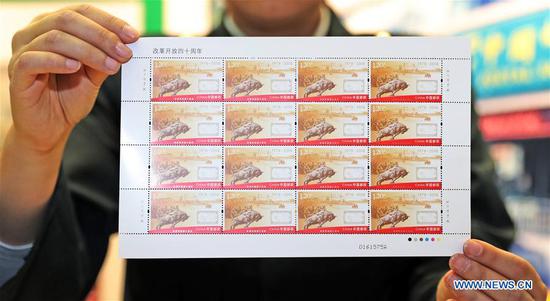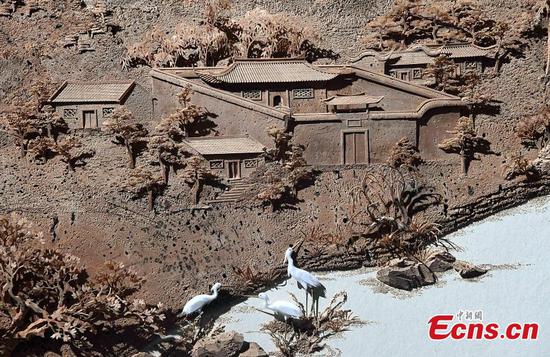
The Tiangong-2 space lab, file photo. (Photo/CCTV)
Data acquired by China's Tiangong-2space lab has assisted more than 70 research projects since it began orbiting in space more than two years ago.
Launched on September 15, 2016, Tiangong-2 has been in orbit for more than 820 days. Its application has offered about 37TB of data observing the Earth, according to data released at a conference on Tiangong-2 in Beijing on Tuesday.
The data serves 61 institutes for 76 projects, including 15 national departments, 14 scientific research institutes and 32 universities. The projects cover multiple fields - resources, atmosphere, lakes, agriculture and marine meteorological support, a statement sent to the Global Times said.
The Tiangong-2 space lab is likely to serve major national projects, leading scientific research and economic projects in the future, such as the Belt and Roadinitiative, scientific research on the Qinghai-Tibet Plateau and Beijing-Tianjin-Hebei integration.
Gu Yidong, an adviser for the manned space flight project, told the Global Times that the application scale of China's remote sensing satellite and overall capability have been equal to that of the US.
More than 40 remote sensing satellites to monitor wind, cloud and the ocean have been constructed. In the future, China will also build satellite systems for meteorology, ocean and land, Gu noted.
But Gu said that the huge amounts of data cannot be fully used due to different departments in charge. "The next step is to cope with the data sharing problem across departments."


















































